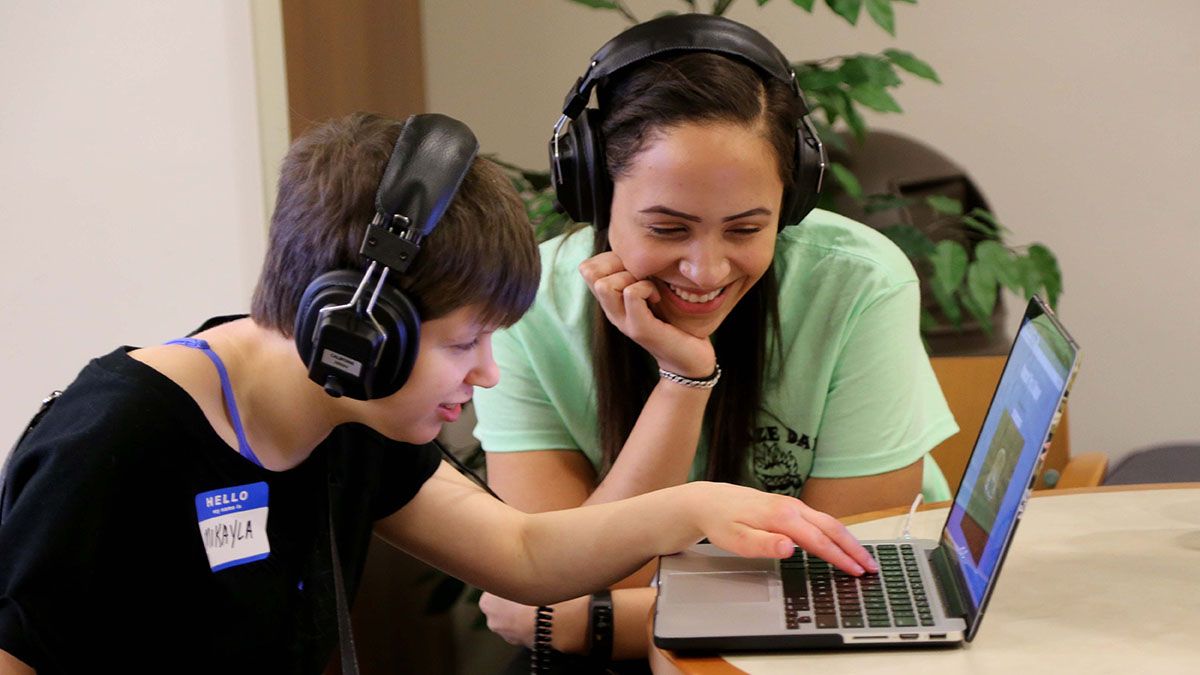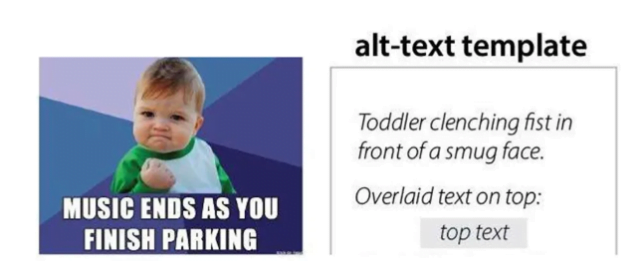Social media may harbour feelings of inadequacy, toxicity, and even enmity within us. But, it did give us something that glues us all together and keeps us coming back for more: memes.
Even when the world is in a chaotic political or socio-economic situation, a meme or two about it would lighten up your spirits (remember: Trump elections). These combinations of pictures and texts capture the mood of the zeitgeist perfectly, stimulating laughter or at least a little grin because they are generally relatable.
However, since memes rely so heavily on photos and texts, people falsely presume that they can only be consumed by those who can read and see clearly.
Memes For The Visually Impaired
Researchers from Carnegie Mellon University have cropped up a technology that can be used to make memes accessible to people with visual disabilities. This software can recognise and translate memes using assistive technology and further convey them through speech.
However, the software cannot do this for all the memes available on social media. “It depended on the meme if the humour translated. Some of the visuals are more nuanced, and sometimes it’s explicit and you can just describe it”, said Cole Gleason, a researcher working on this technology.
How Does The Conversion Happen?
For the software to be able to translate texts into speech, it needs ‘Alt-Text’, an element of a computer language called HTML. When Alt-Text is added to images, it can illustrate the style and subject-matter of images.
This feature is also available on Twitter, even though it is a bit shrouded and cumbersome to use on the platform.
With the help of assistive technologies, Alt-Text can further translate the visual summary of images into speech.
Also Read: Why Do Cats Often Sit/Sleep On Laptops That Result In All These Funny Memes?
Making Memes Accessible
In this technology, the route to accessibility is the following:
- Memes on the web will be automatically identified and scanned by the system
- The system will cross-check the scanned memes against a collection of memes already available on their database
- Finally, the system will apply Alt-text of the image from the database with which the scanned meme matches
“The thing we’re exploiting with memes is that for many of them, the visual content is reused and the text content is overlaid. The fact that visual content is reused means we can match that”, Gleason stated.
The accuracy of textual recognition depends on the resolution of the original meme and the use of ordinary language rather than acronyms. It can also use optical character recognition for texts that are overlaid.
The biggest problem with the software is that memes used by the researchers were outdated. For example, they used the ‘success kid’ meme (the one where a toddler clenches his fist in front of a complacent face) rather than the latest ‘Ok, Boomer’ trend.
To this, Gleason added, “If the program becomes widely available and widely used, this could result in a revival or evolution of older forms of memes, or could influence a generation of new formats and styles — especially if blind or visually impaired users could be encouraged to participate in meme authorship.”
When this technology was rated by people with visual impairments, the average was a good 3.95/5. The researchers have considered this a success.
Since this technology is still in its embryonic stage, even translating old, simple memes is a great start. With time, the technology will only become more comprehensive and perhaps will be able to translate trending memes within seconds.
Image Sources: Google Images
Sources: Carnegie Mellon University, Mashable, Onezero + more
Connect With Blogger: yuksxo
Other Recommendations:
Virtual Travel Is the Future Of Military Surveillance Around The World. Here’s How









































